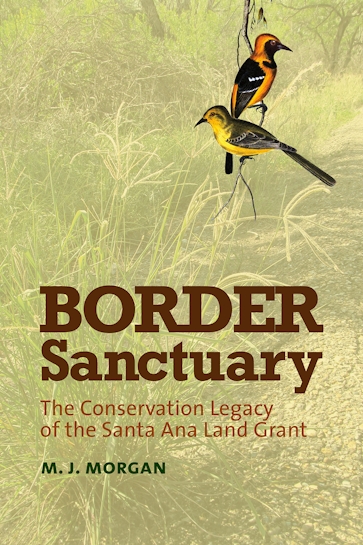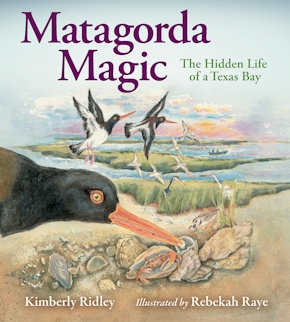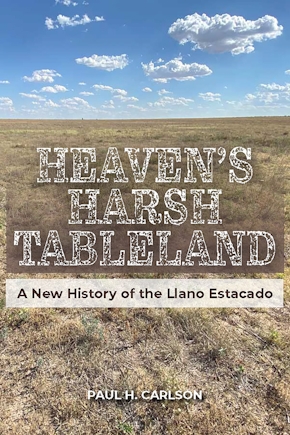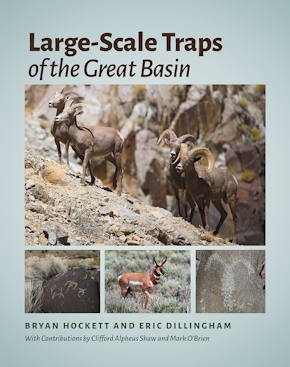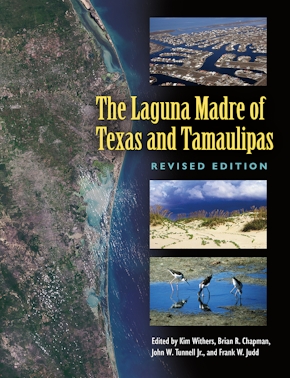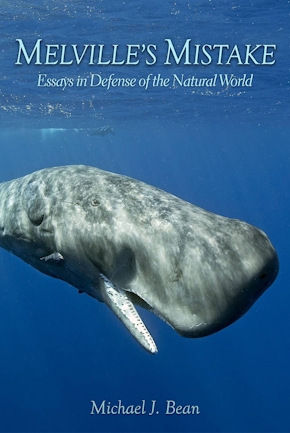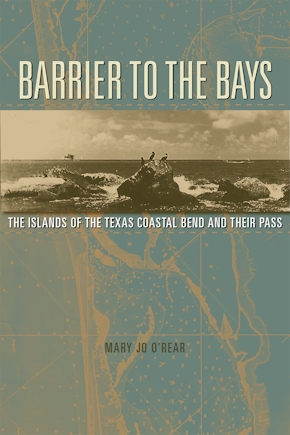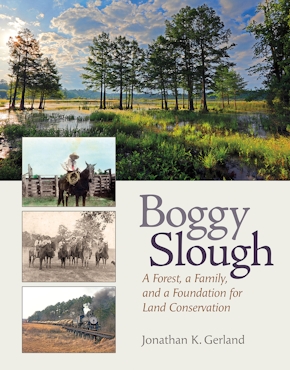Border Sanctuary
The Conservation Legacy of the Santa Ana Land Grant
978-1-62349-320-2 Cloth
6.12 x 9.25 x 0 in
240 pp. 12 color, 11 b&w photos. 7 line art. 6 maps. Bib. Index.
Pub Date: 08/10/2015
Available
The story she tells begins and ends with the efforts of the Rio Grande Valley Nature Club to protect one of the last remaining stopovers for birds migrating north from Central and South America. In between, she reconstructs a two hundred-year human and environmental history of the original “two square leagues” of the Santa Ana land grant and of the Mexican and Tejano families who lived on, worked, and ultimately helped preserve this forest on the river’s edge.
As border issues continue to present serious challenges for Texas and the nation, it is especially important to be reminded of the deep connection between the region’s human and natural history from the long perspective Morgan provides here.
To learn more about The Meadows Center for Water and the Environment, sponsors of this book's series, please click here.
About the Author
Reviews
Published by Texas A&M University Press
